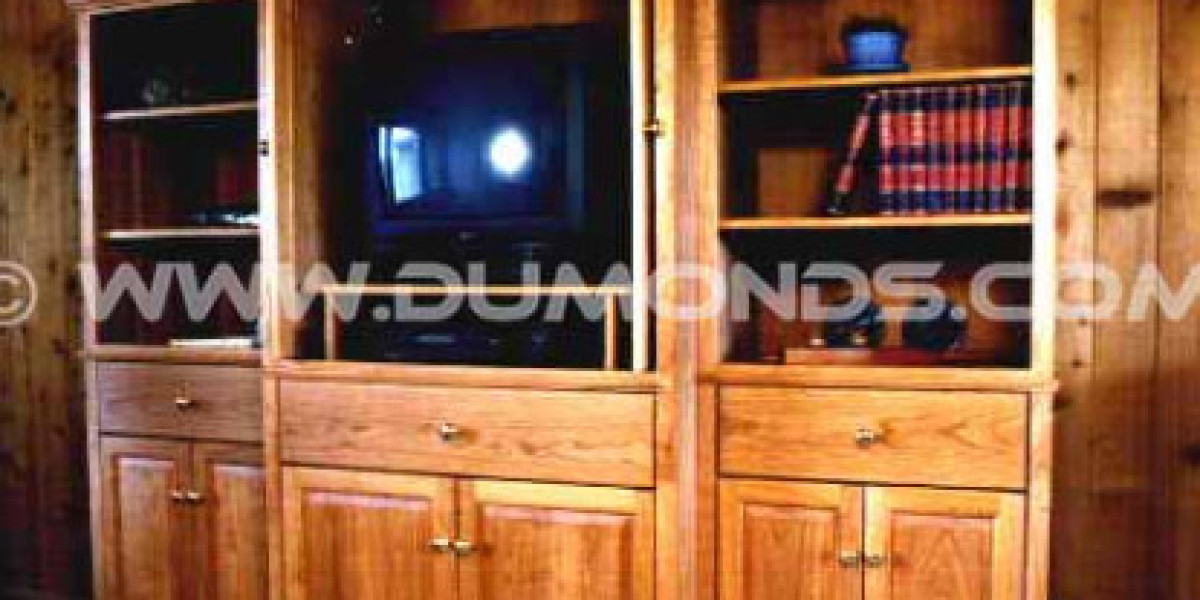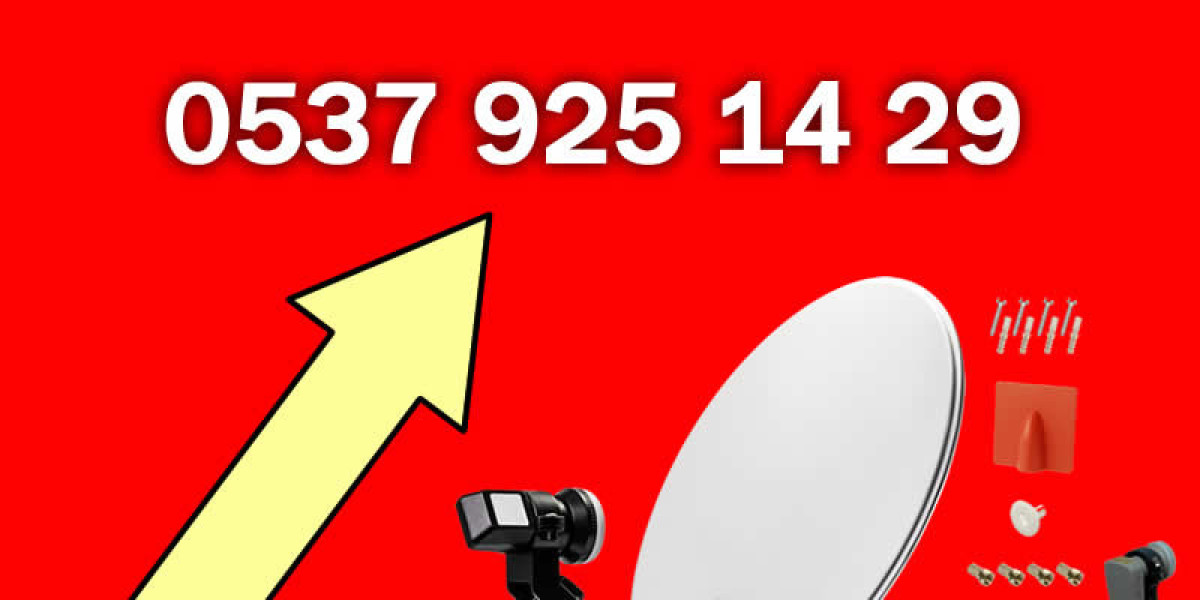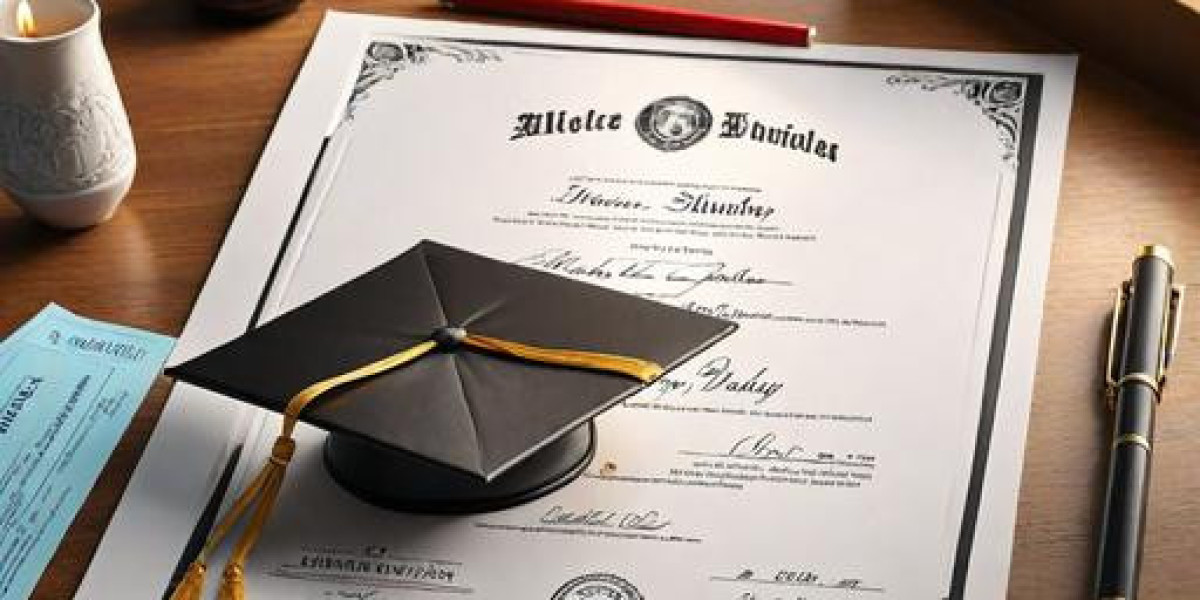. Custom boardroom tables offer an unparalleled opportunity to align your meeting space with your brand’s identity, enhance productivity, and foster collaboration. In this blog post, we will explore the myriad benefits of custom boardroom tables and provide insights on how to select and design one that will elevate your corporate space.
The Importance of a Custom Boardroom Table
A boardroom table is more than just a piece of furniture; it’s a symbol of your company’s values and a reflection of its corporate culture. Here’s why investing in a custom boardroom table can make a significant difference:
- Brand Alignment: A custom boardroom table can be designed to align with your brand’s aesthetics and values. Whether your company’s style is modern and sleek or traditional and luxurious, a custom table can be crafted to match. This attention to detail helps in creating a cohesive and professional environment that reinforces your brand image.
- Enhanced Functionality: Custom boardroom tables can be tailored to meet specific functional requirements. This includes integrating technology, providing ample space for participants, and incorporating features like built-in power outlets and cable management systems. By addressing the unique needs of your team, a custom table can enhance productivity and streamline meetings.
- Unique Design: Unlike off-the-shelf options, custom tables allow for unique design elements that can set your boardroom apart. From choosing the materials to the shape and size, custom tables offer the flexibility to create a piece that truly stands out.
- Improved Comfort: Comfort is crucial for lengthy meetings. Custom boardroom tables can be designed with ergonomic considerations in mind, ensuring that all participants have adequate space and comfort throughout the meeting.
Key Considerations for Designing a Custom Boardroom Table
Designing a custom boardroom table involves several considerations to ensure that the final product meets your needs and expectations. Here are some key factors to keep in mind:
1. Size and Shape
The size and shape of the boardroom table should reflect the dimensions of the room and the number of participants. Common shapes include rectangular, oval, and round. Each shape has its advantages:
- Rectangular: Ideal for large rooms and formal settings. It provides ample space and allows for a structured seating arrangement.
- Oval: Offers a softer appearance and fosters a more collaborative atmosphere. It’s suitable for medium to large rooms.
- Round: Best for smaller rooms and encourages equality among participants, making it ideal for discussions and brainstorming sessions.
2. Material Selection
The choice of materials can significantly impact the table’s appearance and durability. Some popular materials include:
- Wood: Offers a classic, elegant look and can be customized in various finishes. It’s durable and can add a touch of warmth to the boardroom.
- Glass: Provides a modern, sleek appearance and can make a room feel more spacious. It’s easy to clean but may require more maintenance.
- Metal: Adds a contemporary edge and is highly durable. It can be paired with other materials like wood or glass for a balanced look.
3. Technology Integration
In today’s digital age, integrating technology into the boardroom table is essential. Consider features like:
- Power Outlets: Built-in power sources for laptops, tablets, and other devices.
- Cable Management: Solutions to keep cords and cables organized and out of sight.
- Video Conferencing Equipment: Integration of cameras, microphones, and speakers for seamless remote communication.
4. Ergonomics and Comfort
Ensure that the table design allows for comfortable seating and movement. Consider the following:
- Space: Adequate legroom and elbow space for all participants.
- Height: The table should be at a comfortable height for writing and using electronic devices.
- Seating Arrangement: Ensure that all participants have a clear view and are seated comfortably.
Custom Boardroom Table Design Process
The process of designing a custom boardroom tables involve several steps, from initial consultation to final installation:
- Consultation and Needs Assessment: Begin by discussing your requirements with a designer or manufacturer. This includes the size of the room, the number of participants, desired materials, and any specific features.
- Design and Planning: Based on your input, the designer will create a concept or blueprint of the table. This stage may involve sketches, 3D renderings, and material samples.
- Manufacturing: Once the design is finalized, the table is crafted. This phase involves selecting materials, cutting, assembling, and finishing the table.
- Installation: The final step is installing the table in your boardroom. This may involve coordinating with other contractors to ensure that the table fits seamlessly into the space.
Conclusion
A custom boardroom table is more than just a functional piece of furniture; it’s a statement of your company’s identity and values. By investing in a custom table, you not only enhance the aesthetics of your boardroom but also improve its functionality, comfort, and overall atmosphere. With careful planning and consideration of your unique needs, you can create a boardroom table that serves as the perfect centerpiece for your corporate meetings and reflects the professionalism of your organization.
In the world of business, first impressions matter, and your boardroom is often the stage where crucial decisions are made. A well-designed custom boardroom table can set the tone for productive and successful meetings, making it a valuable investment for any forward-thinking company.







